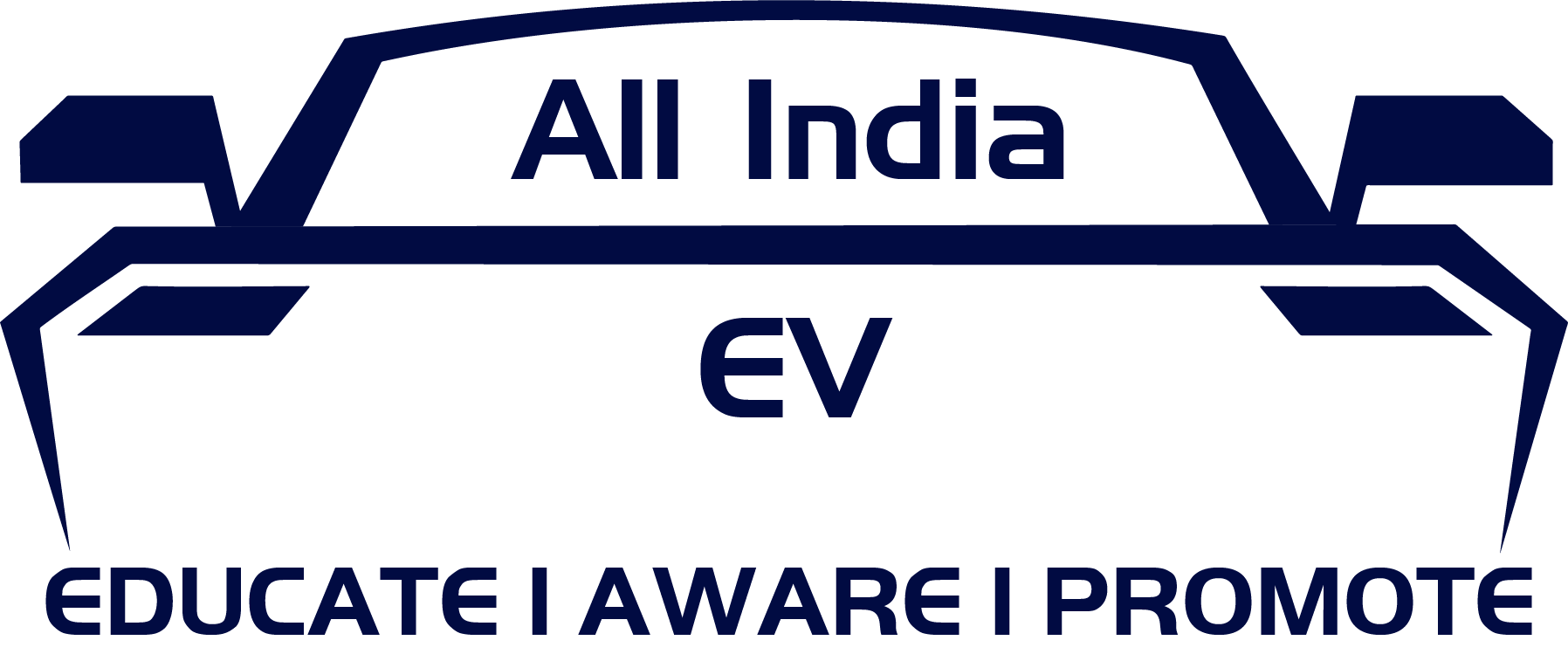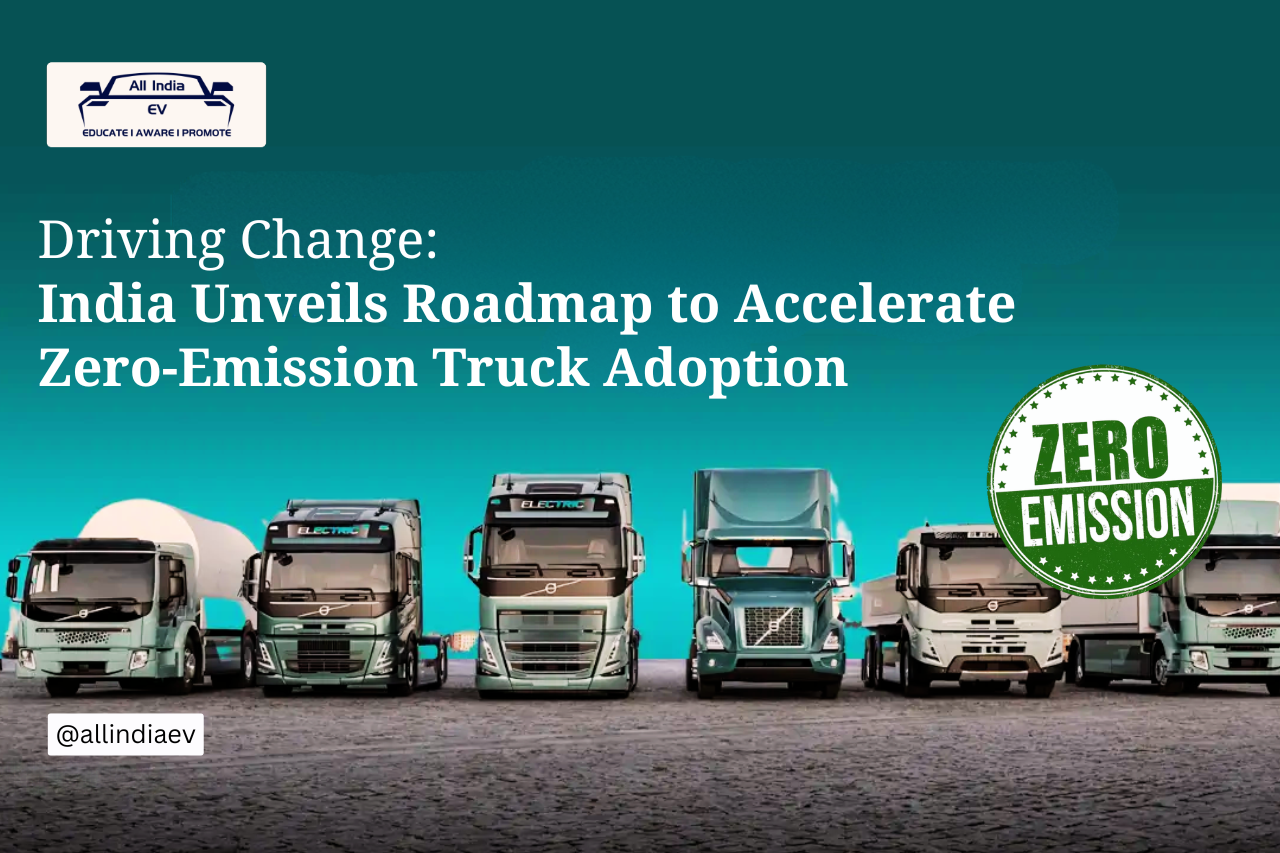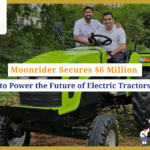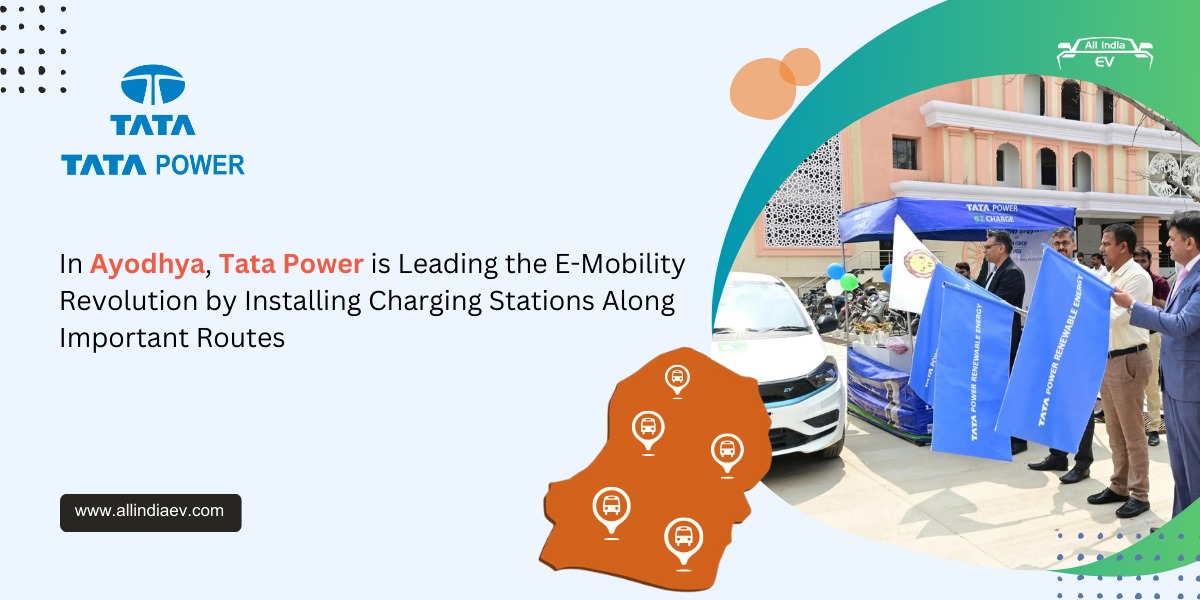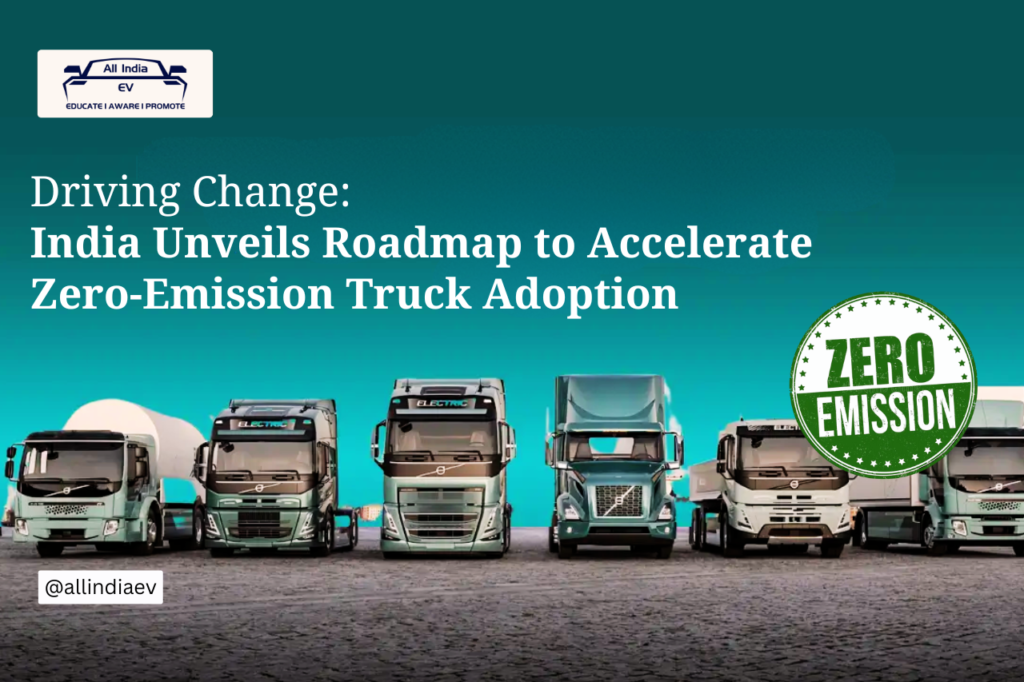
India’s Trucking Sector Eyes Zero-Emission Shift: Balancing Biofuels, EVs, Hydrogen with Cost, Innovation & Infrastructure for Cleaner Freight Future
- The Post-Diesel Dilemma: Fuel Alternatives and Their Trade-Offs
- Why TCO Matters More Than Technology
- Improving Uptime: A Key to BEV Viability
- Charging Infrastructure: A Missing Link in the Ecosystem
- Reducing Import Dependency Through Localisation
- A Shift from Products to Solutions
- The Role of Government: Beyond Subsidies
- Conclusion: India’s Freight Future Is Electric — But Must Be Tailored
India’s freight transportation sector stands at a pivotal crossroads. While diesel trucks make up only 3% of the national vehicle fleet, they are responsible for 8% of India’s total emissions — a share that could grow to 15% by 2050 if left unaddressed. With freight demand surging due to urbanisation, industrial expansion, and economic growth, decarbonising India’s trucking sector is now a national priority.
Recognising this urgency, the government has rolled out a series of forward-looking initiatives. These include the National Policy on Biofuels (2018), which sets blending targets of 5% biodiesel by 2030 and 20% ethanol in petrol by 2025, as well as the National Green Hydrogen Mission (2023) aimed at promoting hydrogen-based mobility. Moreover, programmes like FAME and PM e-DRIVE are nudging the commercial vehicle sector towards cleaner alternatives like battery electric trucks.
However, the key question is no longer “why decarbonise,” but “how to scale decarbonisation” effectively and economically.
The Post-Diesel Dilemma: Fuel Alternatives and Their Trade-Offs
India’s trucking industry now finds itself evaluating an array of alternative fuels and technologies. Options such as biofuels, battery electric vehicles (BEVs), hydrogen fuel cells, CNG/LNG, and synthetic fuels offer potential pathways to emission reduction — but none come without compromise.
Biofuels
Biofuels are attractive for their compatibility with existing internal combustion engines and offer moderate emissions reductions (~20%). However, supply constraints, concerns over land use, and their prioritisation for sectors like aviation and maritime shipping restrict their scalability in road freight.
Hydrogen Fuel Cell Trucks
Hydrogen trucks are currently undergoing pilot testing in India, especially for long-haul, heavy-load applications. Despite offering 2–3 times the fuel economy compared to ICE trucks, they suffer from low energy efficiency (33%), high capital costs (6x that of ICEVs), and limited manufacturing ecosystems. Additionally, hydrogen storage and distribution infrastructure in India is still at a nascent stage.
Battery Electric Vehicles (BEVs)
BEVs emerge as the most promising candidate for zero-emission trucking in India. With zero tailpipe emissions, declining battery costs, and high energy efficiency (77%), they present a compelling value proposition. Yet, challenges such as range anxiety, long charging times, battery weight penalties, and financing hurdles continue to slow widespread adoption.
Why TCO Matters More Than Technology
In India’s low-margin trucking sector — where profitability often hovers below 5% — Total Cost of Ownership (TCO) is the decisive factor influencing purchase decisions. While BEVs come with a higher upfront price, they promise lower operational and maintenance costs over time.
Achieving TCO parity between BEVs and ICE trucks is feasible under specific conditions — most notably, predictable, fixed-route operations with high vehicle utilisation. For example, a BEV can achieve TCO parity if it covers more than 320 kilometres per day. The more it’s used, the quicker the upfront investment is recovered through savings on fuel and servicing.
However, sub-optimal utilisation — due to issues like loading delays, driver shortages, or lack of route planning — leads to higher cost per kilometre, weakening the case for electrification. This highlights the need for efficiency reforms across India’s logistics chain.
Improving Uptime: A Key to BEV Viability
Increasing asset uptime is essential to make electric trucks a viable business choice. Idle time, especially at loading/unloading docks, erodes cost advantages. Introducing demurrage and detention policies — similar to maritime shipping — could improve utilisation by penalising delays, thus boosting vehicle throughput.
Moreover, implementing predictive maintenance, intelligent route planning, and digital fleet management tools can help optimise operations, ensure on-road reliability, and reduce downtime.
Charging Infrastructure: A Missing Link in the Ecosystem
While the long-term benefits of BEVs are clear, their effectiveness is limited by the lack of a robust charging network. Long charging times, particularly for high-tonnage vehicles, reduce delivery flexibility and increase turnaround time.
Heavy battery packs, needed to ensure longer range, reduce payload capacity and strain the vehicle’s TCO advantage. Establishing a nationwide network of supercharging stations, particularly along high-density freight corridors like the Golden Quadrilateral and North-South, East-West highways, would be a game-changer. Fast-charging would enable lighter batteries, shorter downtimes, and greater cost efficiency.
Reducing Import Dependency Through Localisation
Another hurdle in India’s clean trucking journey is the over-reliance on imports for key EV components — including motors, controllers, battery management systems (BMS), and power distribution units (PDU). In FY 2022–23, auto component imports totalled $20.3 billion, with China contributing over 30%.
Vertical integration of India’s EV supply chain is critical. Local innovation can reduce costs, enhance system compatibility, and generate employment. For instance, developing thermal management systems tailored to India’s climate is essential to extend battery lifespan and ensure vehicle safety in hot conditions.
Encouraging domestic R&D, incentivising EV parts manufacturing, and fostering industry-academia collaboration can help build an indigenous, cost-effective ZET ecosystem.
A Shift from Products to Solutions
As EV adoption increases, OEMs will need to move away from a product-centric sales model to a solution-oriented approach. Instead of simply selling trucks based on tonnage, companies must segment customers based on price sensitivity, performance expectations, and technological adoption.
Offering bundled services — such as charging partnerships, route planning, fleet optimisation, and performance guarantees — can differentiate OEMs and accelerate adoption. For instance, providing EV buyers with access to a network of fast-charging hubs or predictive maintenance tools can significantly improve the overall value proposition.
The Role of Government: Beyond Subsidies
While financial incentives such as FAME subsidies and GST rebates help bring down capital costs, India must now focus on non-financial enablers to catalyse ZET adoption.
Key measures include:
- Time-of-use electricity pricing to incentivise off-peak charging
- Feebate programs where high-emission vehicle buyers cross-subsidise clean alternatives
- Green procurement mandates for public sector logistics
- Long-term contracting models to de-risk fleet investments
Policy certainty and regulatory support will play a decisive role in steering the industry towards clean mobility.
Conclusion: India’s Freight Future Is Electric — But Must Be Tailored
There is no one-size-fits-all approach to decarbonising India’s freight sector. Diesel, electric, biofuel, and hydrogen-powered trucks will likely coexist, each serving specific routes and use-cases. However, battery electric trucks stand out as the most promising alternative — combining technological maturity with economic feasibility.
The road to zero-emission trucking in India requires more than just new vehicles. It demands process transformation, infrastructure upgrades, supply chain localisation, and a collaborative effort from government, industry, and consumers alike.
By building a sustainable, inclusive, and innovative ecosystem, India can not only reduce emissions but also create new economic opportunities, strengthen energy security, and position itself as a global leader in clean mobility.
